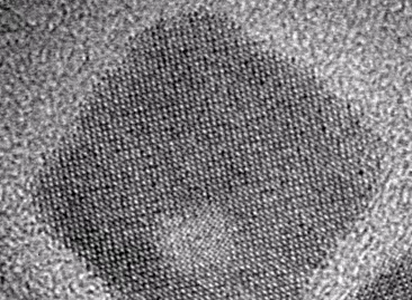Self-repairing Electronics Are Imminent
We see it all the time with pharmaceuticals. A drug is developed for one malady, only to find that it cures something else. Now, this is also true in electronics. The Technion-Israel Institute of Technology is exploring self-healing nanomaterials used in solar panels and other electronic devices.
The Technion – Israel Institute of Technology developed eco-friendly nanocrystal semiconductors capable of self-healing and recently published their findings in Advanced Functional Materials. They describe the process whereby a group of materials called double perovskites displays self-healing properties after damage from the radiation of an electron beam.
The Technion research group is searching for green alternatives to toxic lead and engineering lead-free perovskites. Controlling nano-scale crystals’ composition, shape, and size changes the material’s physical properties.
Nanocrystals are the smallest material particles that remain naturally stable. Their size enables research that would be impossible on larger crystals, including imaging using electron microscopy to see how atoms in the materials move. This was, in fact, the method that enabled the discovery of self-repair in the lead-free perovskites.
After using a simple process that involves heating the material to 100°C for a few minutes, researchers discovered the exciting phenomenon. This type of microscope’s high voltage electron beam caused faults and holes in the nanocrystals. The holes moved freely within the nanocrystal but avoided its edges. They found that holes formed on the surface of the nanoparticles and then moved to energetically stable areas inside. The group discovered the crystal spontaneously ejected the holes to the surface and out, returning to its original pristine structure – in other words, the crystal repaired itself.

